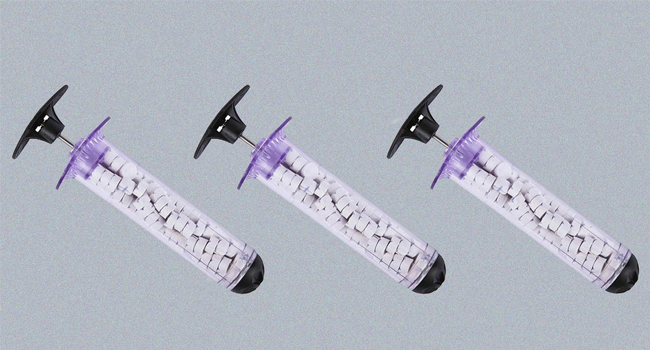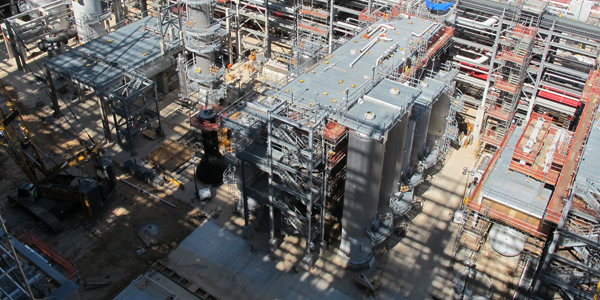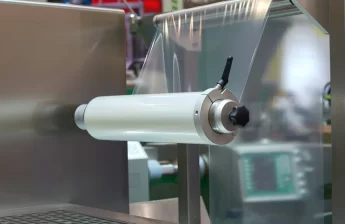Medical device manufacturers continuously strive to develop innovative products that are compliant with regulatory bodies and competitive.
Next-generation product development based on raw material innovation is one way OEMs can achieve this target.
Polymers offer properties such as durability, lightweight, chemical resistance, transparency and their ability to be easily shaped.
They can be combined with various additives to customise colour, modify impact strength or provide resistance to sterilisation methods. Reinforcement with glass fibre additives, surface modification or antimicrobial additivation are attributes available when working with polymers in demanding applications.
When advising on material selection, it is key to look at the main performance characteristics required of the device, taking into account any influencing factors, such as environment. Evaluating how the device will be processed, including which secondary operations will be required such as surface coatings, laser marking, bonding methods, printing etc. can also not be overlooked.
Getting input from all stakeholders at the earliest possible stage of the design process is important to ensure that the material most suited to the application is selected.
Engineering materials alternatives
Designers have to evaluate the advantages and disadvantages associated with each resin type. In some cases, resins selected for historical reasons can exceed the design requirements and be over engineered for the specific end use. An example is where materials such as Polycarbonate (PC) and Polyethylene Terephthalate (PET) are commonly used because they fulfil particular needs such as transparency, physical and chemical properties. By exploring options such as INEOS Styrolution’s Zylar grades, clear and tough methylmethacrylate butadiene styrene (MBS) grades made by modifying a styrene acrylic copolymer (SMMA) with an impact modifier, significant advantages can be gained. Zylar is a transparent and easily colourable material, it has a 14- 30% density advantage over some other clear engineering materials and it provides processing advantages that can lead to reduced cycle times, improved production efficiency and reduced electricity consumption. Zylar is inherently hydrophobic therefore does not require pre-drying and is a non-corrosive material resulting in less wear on the processing moulds.
Looking at the trends in drug delivery, an opportunity arises for generic drug manufacturers when US patents expire. Treatments can be made available to patients in developing countries, where limited access to medical facilities will drive an increase in self-administration. Manufacturers will be urged to develop lower cost devices to deliver their drugs.
For replacement of over specified materials such as PC/ABS (blends of Polycarbonate and Acrylonitrile-Butadiene-Styrene) or ABS in drug delivery device components, polyolefins can provide an excellent combination of stiffness and toughness.
Source : medicalplasticsnews.com








